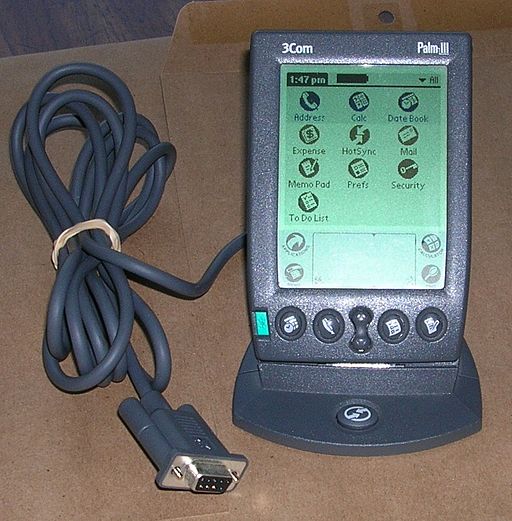What Lives Beyond the Blue Screen (2019)
by in Feature Articles on 2019-10-31As promised in the sneak peak, we have a very special Halloween feature planned for today! What Lives Beyond the Blue Screen is an animated story by Lorne Kates (voiced by Jack Rhysider), made in collaboration with our new friends at Human Readable Magazine:
An everyday programmer decides to clean up the mess of his company's infrastructure before the big merger only to accidentally run the wrong command on the wrong location. Join the adventure as they rush to fix the mistake before they bring down the entire company.

 Sep 19
Sep 19



